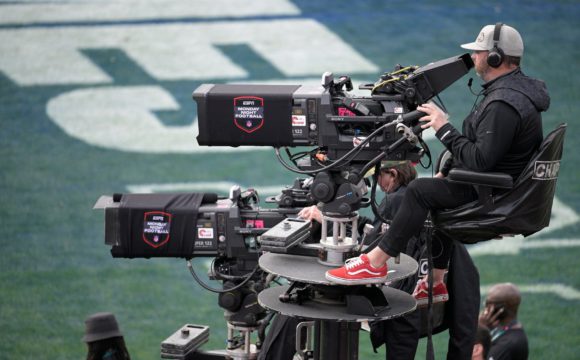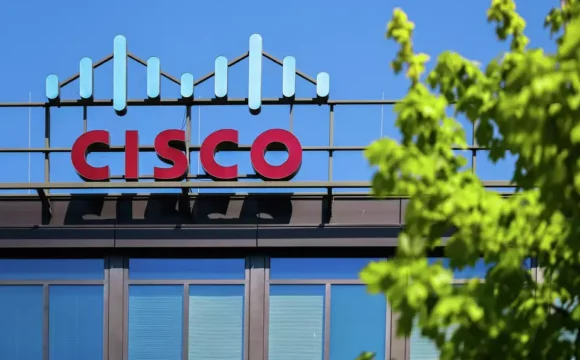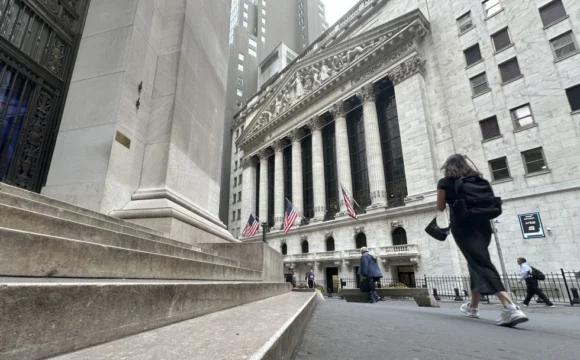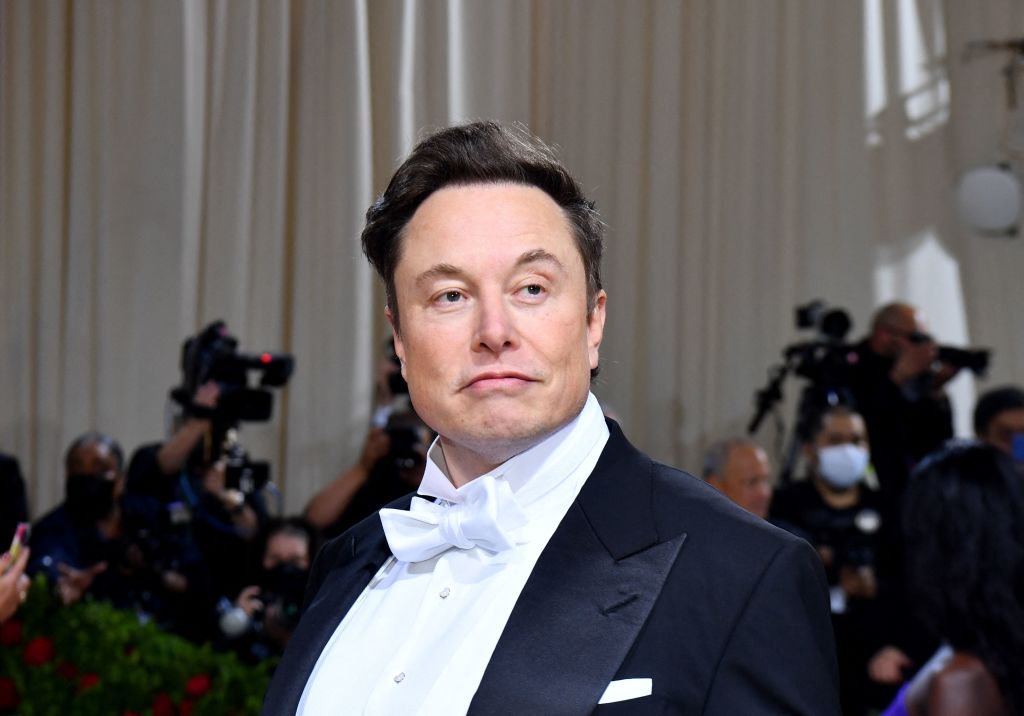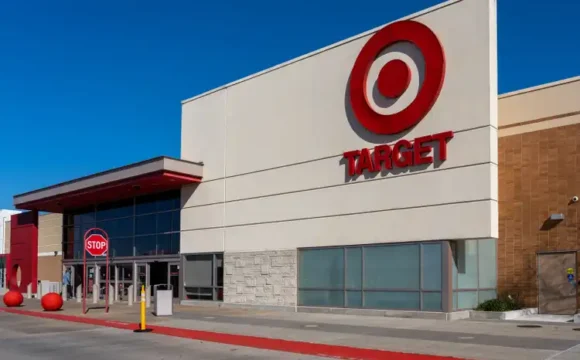Tesla has actually currently reported lorry delivery numbers in the 2nd quarter. Currently, its complete Q2 2022 monetary records (pdf) reveals that it is handling rising cost of living, the general financial recession, along with a dive of Bitcoin and various other cryptocurrency rates. Tesla execs disclose that 75 percent of their Bitcoin holdings have actually been marketed, which has actually included $936 million to the firm’s annual report.
Tesla introduced in 2015 that it would certainly approve Bitcoin repayments and made a $1.5 billion financial investment in Bitcoin. Tesla started approving Bitcoin in March and after that reversed its choice in May, 49 days later on.
Tesla’s most recent record states that the staying worth of its “electronic properties” has actually gotten to $218 million. Tesla CEO Elon Musk specified last July that he may “pump”, yet he does not desire to unload.
Musk talked out concerning the cryptocurrency selloff throughout a capitalist phone call. He claimed that the sale was not to be taken as a judgment on Bitcoin.
The firm reported that it made $2.26 billion this quarter in revenue from its organization of making electrical cars. This is a 31% reduction on the quarter last year when it made revenues of $3.3 million.
This is the very first quarter in which Tesla has actually elevated rates by even more than 10 percent on all its lorries. The firm damaged with its practice of making even more per vehicle every quarter, regardless of the rate walkings. It was 27.9 % in the quarter.
Tesla previously this month introduced that distributions had actually reduced by 18 percent in Q1. This quarter, it additionally created 15% less autos than last. Tesla mentioned in its revenues record that while it experienced “restricted manufacturing and closures in Shanghai for a lot of the quarter”, it kept its manufacturing at its brand-new centers, Berlin and Austin, Texas.
The car manufacturer additionally reports raised prices in all locations, consisting of logistics and resources, in addition to greater set expenses per automobile because of closures in Shanghai.
Relatively to the previous quarter, the business’s earnings from marketing governing credit score to various other car manufacturers dropped by virtually 50 percent. Credit reports are offered to various other business that do not create sufficient tidy cars to conform with regulative criteria in the United States or EU.
It’s been a challenging quarter for Tesla culturally. Elon Musk, the CEO of Tesla marketed billions of shares to pay for Twitter in April. Tesla is likewise implicated of going against labor regulations after supposedly allowing go over 500 Gigafactory employees.
According to an Uber record in June, Tesla’s collaboration is going well with Uber and Hertz. According to a White House truth sheet, it shows up that 2022 will certainly see non-Tesla electrical lorries gain accessibility to the Supercharger network.
Tesla has actually currently reported car delivery numbers in the 2nd quarter. Tesla execs disclose that 75 percent of their Bitcoin holdings have actually been offered, which has actually included $936 million to the firm’s equilibrium sheet.
Tesla mentioned in its incomes record that while it experienced “minimal manufacturing and closures in Shanghai for many of the quarter”, it kept its manufacturing at its brand-new centers, Berlin and Austin, Texas.
It’s been a hard quarter for Tesla culturally. Elon Musk, the CEO of Tesla marketed billions of shares to pay for Twitter in April.



